6 Outdated Cooling Methods People Used to Survive the Heat Before AC
Before air conditioning transformed modern life, people had no choice but to adapt to the heat. They relied on practical, time-tested strategies that made the best use of their environment. Some of these techniques were architectural, others were behavioral, but all of them reflect an era when staying cool required ingenuity rather than electricity.
Sleeping Porches
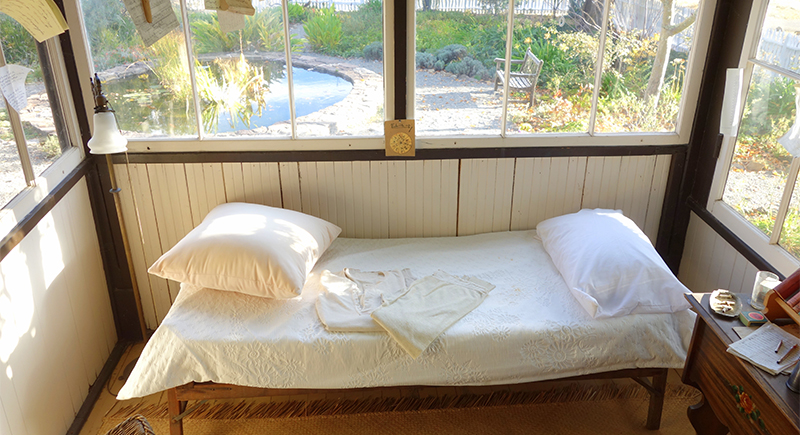
Credit: Wikimedia Commons
Before air conditioning, hot summer nights made it nearly impossible to sleep indoors. So, many families went to sleep on porches—outdoor spaces with screens to keep bugs out. These porches, especially on the upper levels of homes, let in cool night breezes and made sleep much more bearable.
Summerhouses
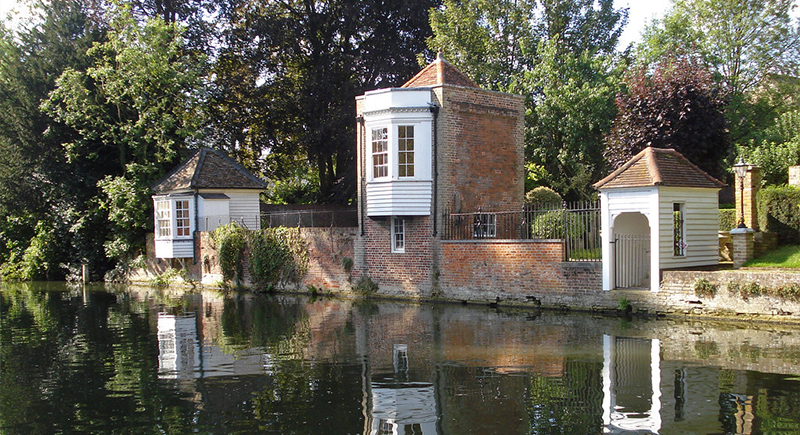
Credit: flickr
Summerhouses—also called garden pavilions—were small outdoor structures designed to provide shade and fresh air. With open sides or large windows, they kept the air flowing and became a relaxing spot to escape the heat. Many were decorated with vines or fabric for even more cooling.
Demerara Windows
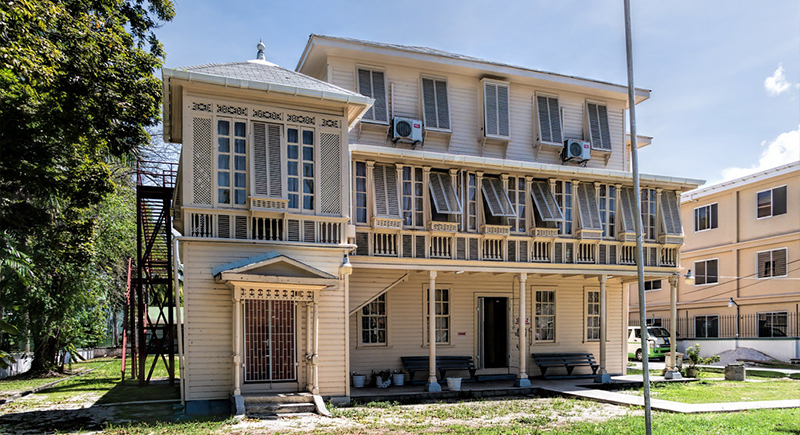
Credit: flickr
These windows, originally from Guyana’s Demerara region, had adjustable wooden slats that let people control airflow and sunlight. By tilting the slats, they could let in a breeze while blocking out the hot sun. It was an early and effective way to cool a house without electricity.
Using Water for Cooling
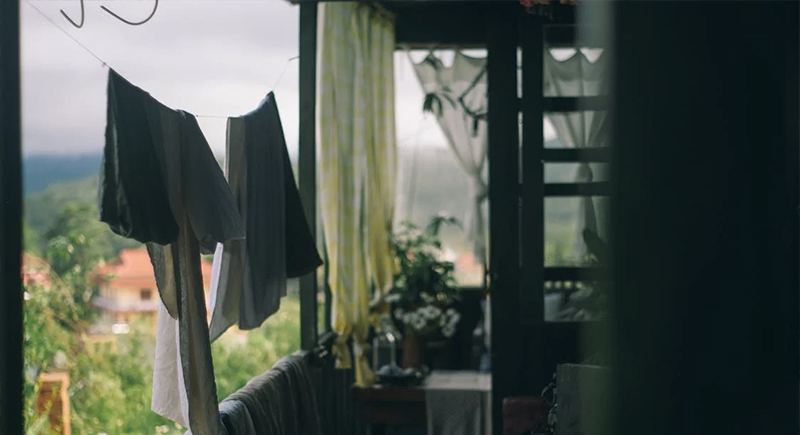
Credit: pexels
Ancient civilizations, like the Egyptians, discovered that hanging wet cloths or reeds in windows could cool down a home. As hot air passed through the damp material, the water evaporated and made the incoming air much cooler. People also used fountains and clay pots filled with water to create a similar effect.
Escaping to Cooler Climates
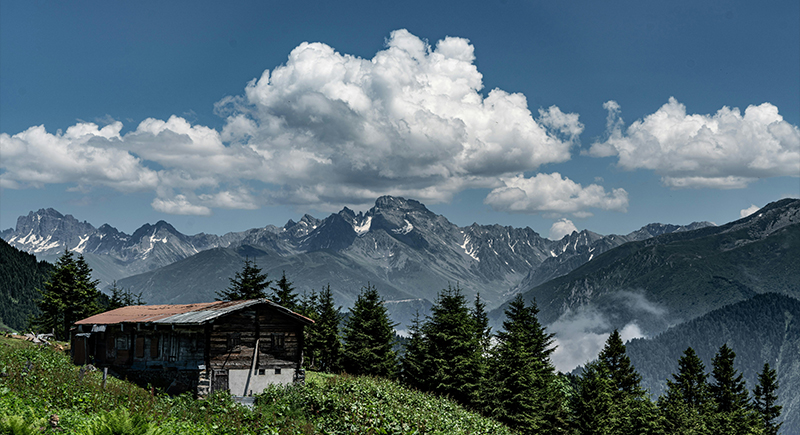
Credit: pexels
When summer heat became unbearable, wealthier families packed their bags and headed for the mountains or the coast, where temperatures were cooler. This seasonal escape led to the rise of summer homes and resort towns.
Awnings
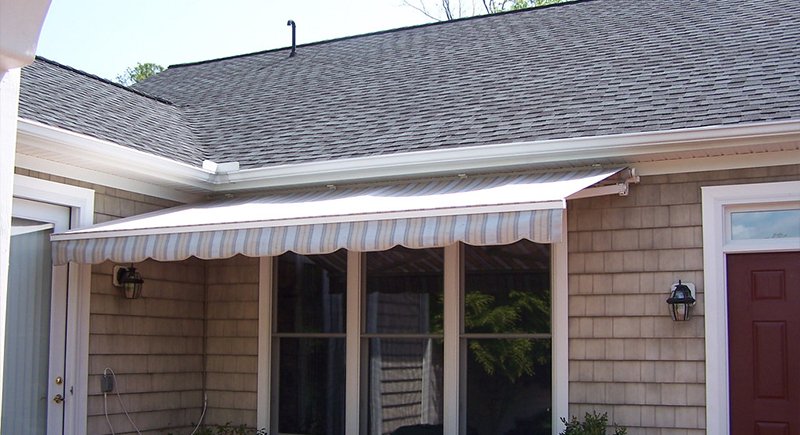
Credit: flickr
Awnings—the fabric or metal coverings over windows and doors—were a simple but effective way to keep homes cool. By blocking direct sunlight, they kept indoor temperatures lower and reduced the need for extra cooling.
Handheld Fans
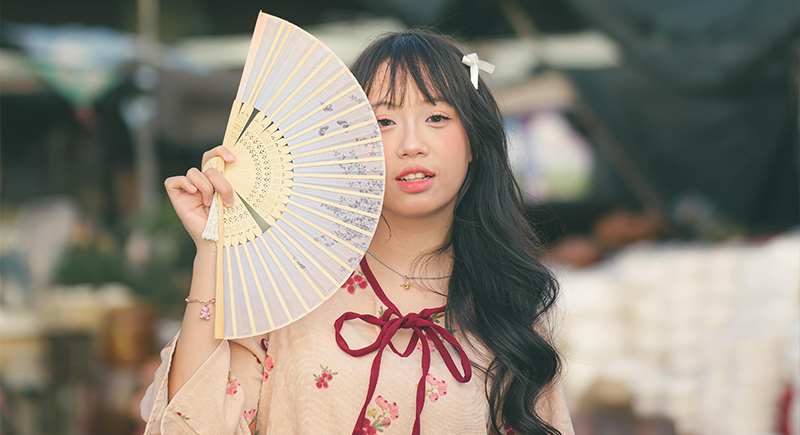
Credit: pexels
For centuries, handheld fans were the go-to way to create a personal breeze. Not only were they functional, but in many cultures, they were also fashionable accessories. People used them to speed up sweat evaporation, which naturally cools the body.
High Ceilings
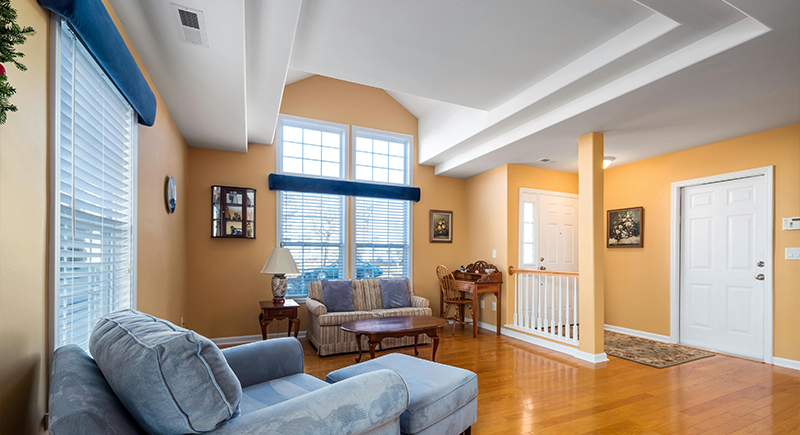
Credit: pexels
Many older buildings were designed with high ceilings, which helped keep living spaces cooler. Warm air would rise to the top and leave the lower part of the room much more comfortable. Some homes also had ventilation openings or ceiling fans to improve airflow.
Thick Walls
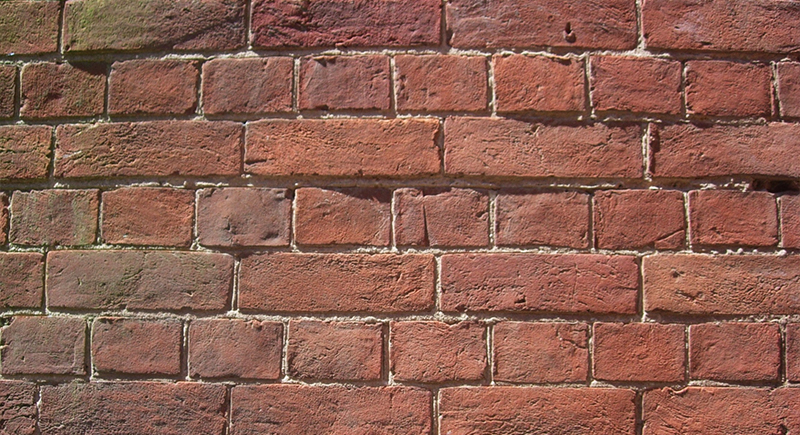
Credit: Wikimedia Commons
Homes built with thick stone or adobe walls stayed naturally cool. These dense materials absorbed heat during the day and slowly released it at night, which kept indoor temperatures steady. This design was especially useful in desert regions, where temperatures fluctuated dramatically.
Courtyards
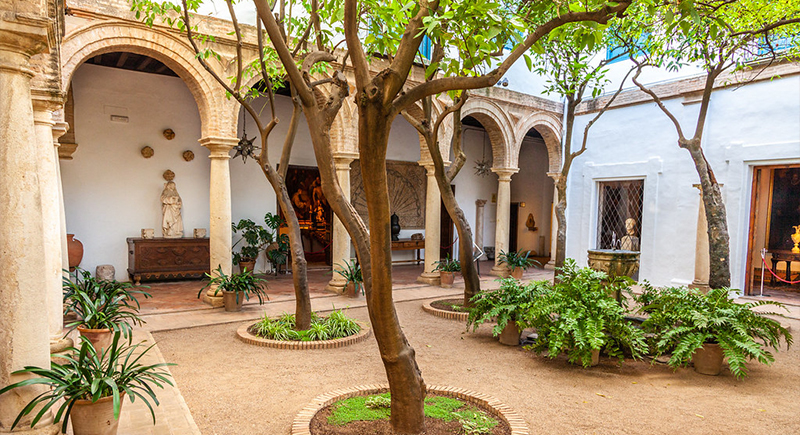
Credit: flickr
Many homes, especially in Mediterranean and Middle Eastern regions, were built with central courtyards. These open-air spaces helped trap cool air and let hot air escape, naturally regulating indoor temperatures. Many also had trees, fountains, or plants to create a cooler microclimate.
Windcatchers
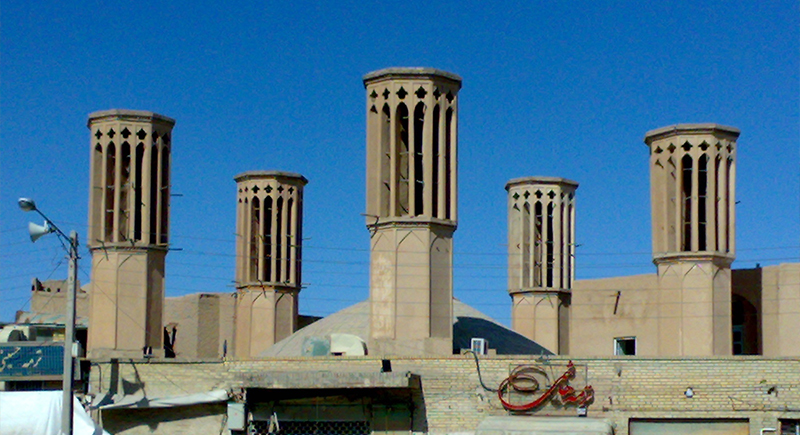
Credit: Wikimedia Commons
Windcatchers were tall, tower-like structures that caught passing breezes and directed them into buildings. Some even had underground water channels to enhance the cooling effect. It was an early form of air conditioning—without electricity!
Whitewashed Walls
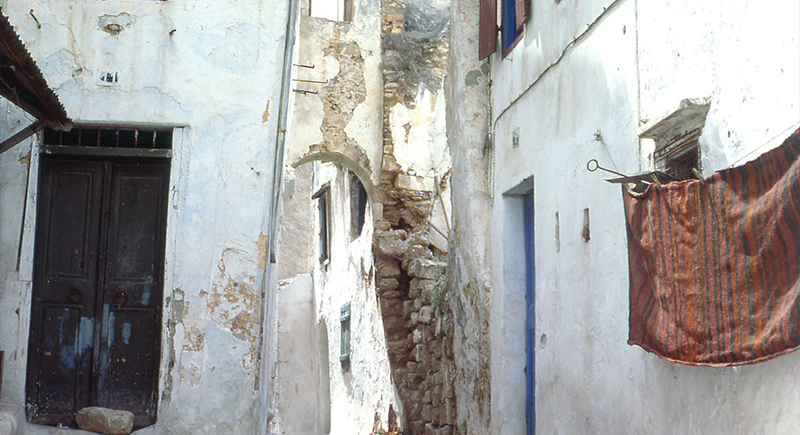
Credit: flickr
Ever wonder why many Mediterranean buildings are painted white? White reflects sunlight instead of absorbing it and keeps homes cooler. A fresh coat of lime wash also helps protect buildings from humidity and wear.
Shaded Streets
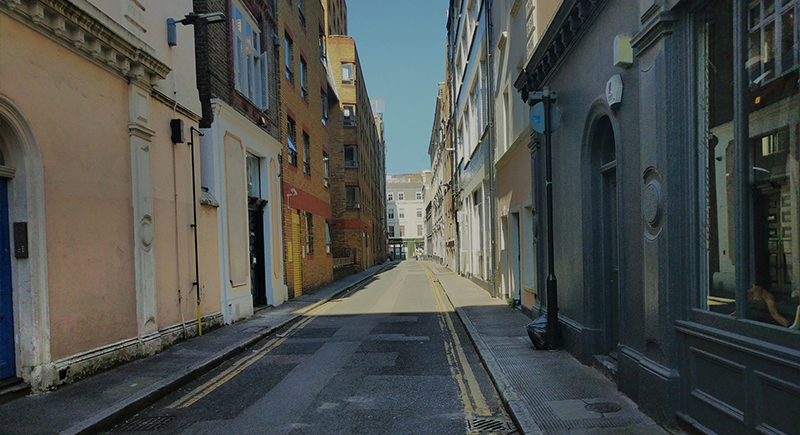
Credit: Wikimedia Commons
Some old cities were designed with narrow streets and tall buildings to keep pathways shaded throughout the day. This reduced the amount of heat trapped in urban areas and made walking around much more comfortable. In some places, people also planted trees along streets for extra shade.
Sleeping Outdoors
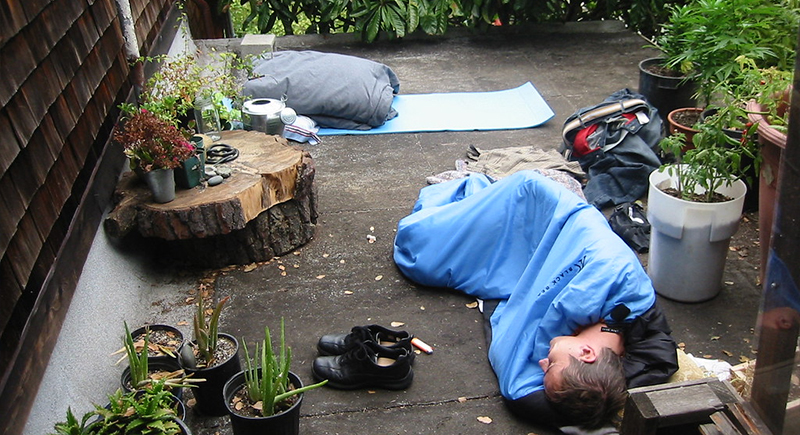
Credit: flickr
When indoor temperatures were too high, people often slept outside on rooftops, in courtyards, or even in open fields. This let them take advantage of cooler night air and natural breezes. Some cultures even developed special outdoor sleeping platforms or hammocks for extra comfort.
Cooling with Wet Cloths

Credit: Canva
One of the simplest but most effective cooling techniques involved draping wet cloths over windows and doorways. As air passed through, the evaporation process lowered the temperature before it entered the home. Some people also placed damp cloths on their skin or wrapped them around their beds at night for a direct cooling effect.